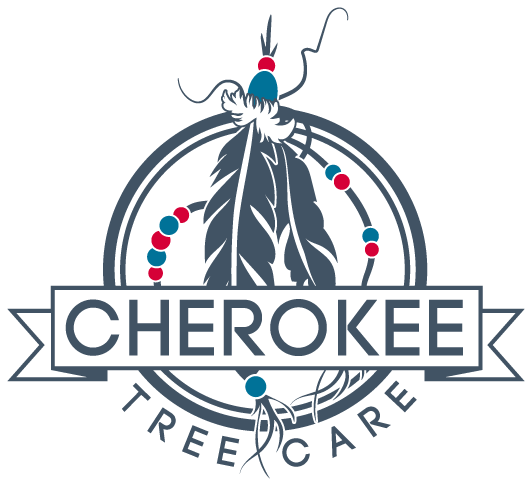Water
Summer and water: the two go hand in hand. But while we are taking a dip in the pool to cool off from these warmer temps, we can’t forget about our leafy friends. Trees require water and they require it in a specific way.
Tree roots will grow where conditions are favorable, and the deeper the better. Deep watering is key to growing deeper roots. Trees should be watered less frequently than turf but for longer periods of time. Newly planted trees that are still establishing are expending a lot of energy and require more water than a mature tree. Some species of trees prefer moist conditions while others can handle more drought conditions. You should consult your arborist about a proper watering schedule for your trees. Remember that mulch has many benefits, including retaining soil moisture for the tree’s roots.
When watering your trees, it’s important to know where to water them. Don’t water the leaves which can cause them to scald in the sunlight, and watering the trunk of the tree continuously can cause rot. Watering the ground where roots grow is ideal. This will encourage deeper root growth and will allow the roots to bring the water up through the tree by the xylem tissues in the trunk and to the leaves to aid in photosynthesis.
Some symptoms of underwatering are stunted growth, brown and drying leaves starting on the edges, leaf drop, and eventual death can occur. Conversely, over-watering your trees can cause the roots to suffocate and rot and eventually die. The key is to keep the soil moist but not soggy and give your trees the proper amount of water all year so they maintain healthy and vigorous.
What to expect
If you are a first-time homeowner or have never had tree work done before, it can seem like a daunting task. Tree work can be a very dangerous job and should be left to professionals. Here’s what you can expect when you call Cherokee Tree Care:
We will schedule a time for our certified arborist to look at your trees and give you a free estimate on the work you would like done.
Our arborist will inspect your trees for structural defects, risk factors, and pest and disease problems and much like a doctor, will prescribe a proper plan of action for your trees. The estimate will be clearly written out with different options and emailed directly to you. From there you can confirm all or just some of the work you would like to be done. Many of our customers prefer to tackle the work piece by piece, which is a great way to manage a big project.
We will then put you on our work schedule and take care of your trees and property as if they were our own. Payment will be received only after the work is completed and you are satisfied with the job performed.
Some things to remember when caring for your trees is that a tree will have a longer and healthier life if they are put on a proper pruning and inspection schedule from an early age. If we are able to plan our pruning cuts ahead, we can make smaller cuts, allow the tree to grow into a structurally-sound form, and avoid unfortunate damage. Pruning is recommended every 2-3 years to maintain a good structure. Likewise, if trees are put on our inspection program, we can proactively prepare for pests and diseases before much damage occurs.
Whether you have an unexpected tree emergency come up or would like to be proactive in your tree care, we take pride in caring for our customers and their tree care needs.
What is a certified arborist?
Now that you know what to expect on our visit to your property, you may be wondering, what exactly is a certified arborist? Is that even important?
There are many tree care companies you can choose from in our area, but not all of them have certified arborists on their team. At Cherokee Tree Care, all of our employees are either certified arborists or arborist trainees, preparing to become certified. A certified arborist has been trained, extensively tested, and is required to continue their education in the industry to maintain their certification. An arborist must abide by a code of ethics and is required to wear proper PPE (personal protection equipment) such as a hard hat, safety glasses, and chainsaw protection.
Caring for trees can be dangerous and takes a trained eye and knowledge of tree species to know what is normal for an individual tree. This knowledge often takes years of experience and training. To qualify to become certified as an arborist, an individual must complete a minimum of 3 years of on the job experience in this or similar fields.
We understand that proper tree care is an investment and the decision of who to hire should not be taken lightly. When choosing a company, safety, experience, knowledge, and professionalism should be a few priorities to consider.

